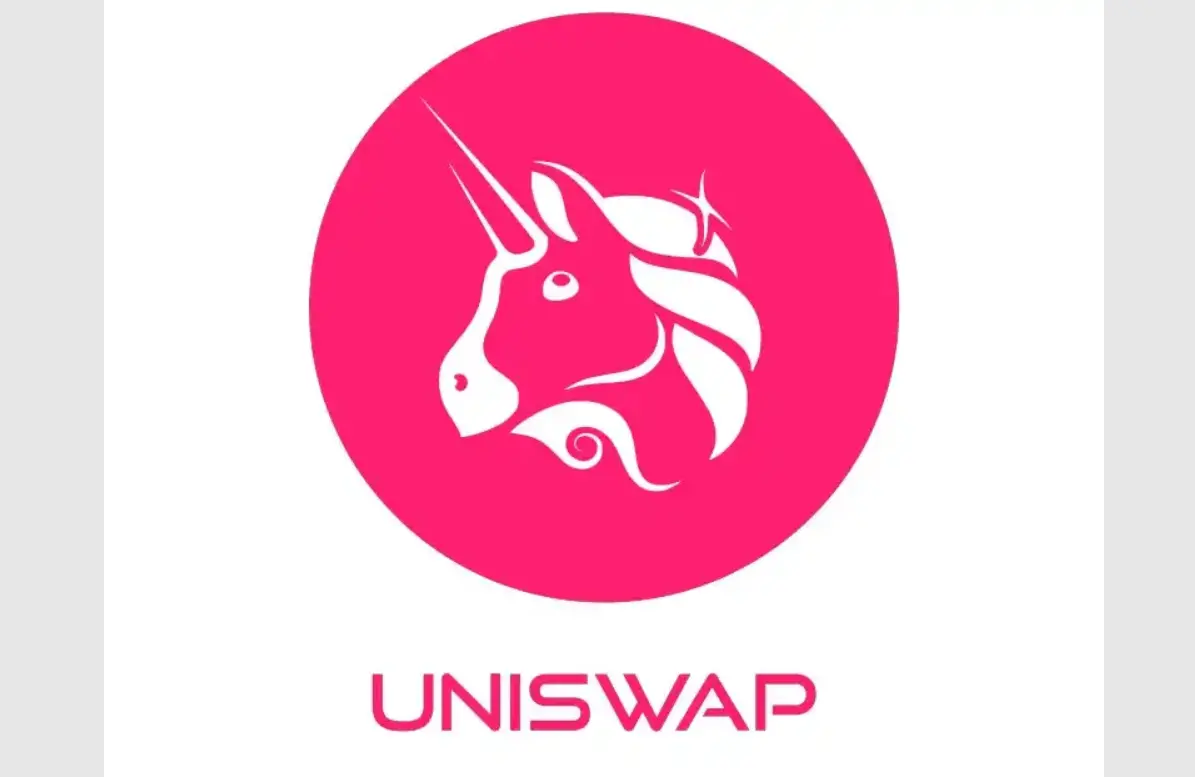The Fed’s Policy Uncertainty and Its Impact on Bitcoin and Altcoin Volatility
- Fed policy uncertainty dominates 2025 crypto volatility, with rate freezes and hawkish signals triggering $941M+ liquidations and Bitcoin price swings. - 4.25%-4.50% rate freeze and 2.7% core PCE inflation create fragile equilibrium, countered by $134.6B Bitcoin ETF inflows and institutional allocations. - August 2025 options expiry ($11.6B notional) highlights derivatives-driven risks, while barbell strategies and 5-10x leverage limits mitigate altcoin underperformance. - Historical data shows Bitcoin d
The Federal Reserve’s policy uncertainty has emerged as a dominant force shaping Bitcoin and altcoin volatility in 2025. From the Jackson Hole speech triggering $941 million in crypto liquidations to prolonged rate freezes amplifying market caution, central bank actions have created a high-stakes environment for investors. This volatility is compounded by the interplay of macroeconomic factors, institutional adoption, and speculative trading strategies, all of which demand a nuanced approach to risk management.
The Fed’s Policy Leverage on Crypto Markets
The 2025 Fed rate freeze at 4.25%-4.50% and elevated core PCE inflation (2.7%) have created a fragile equilibrium for crypto markets. Bitcoin’s pullback from $115,000 to $113,300 following hawkish FOMC signals underscores the asset’s sensitivity to monetary policy ambiguity [1]. A stronger U.S. dollar, driven by high rates, historically suppresses crypto demand, as seen in the 2022-2023 bear market [5]. However, institutional adoption has introduced a stabilizing counterweight. U.S. spot Bitcoin ETFs managing $134.6 billion in AUM and Harvard’s $116 million Bitcoin allocation have reinforced Bitcoin’s narrative as an inflation hedge [1].
Strategic Risk Management in a Volatile Landscape
The August 2025 Bitcoin options expiry, with $11.6–$14.6B in notional value, exemplifies the risks of derivatives-driven volatility. A 1.31 put/call ratio and $116,000 max pain level suggest bearish bias, but contrarian longs may find opportunities if Bitcoin dips below key support [1]. Open interest clusters near $108,000 and $112,000 highlight the potential for cascading liquidations, necessitating strategies like short strangles or gamma scalping [1].
For altcoins, the barbell strategy—pairing stablecoins with riskier assets—has gained traction as a hedge against dollar strength [2]. However, altcoins underperform large-cap cryptos during uncertainty, reflecting divergent investor behavior [1]. Position sizing, stop-loss orders, and limiting leverage to 5–10x are critical to mitigating losses, as seen in the August 2025 Ethereum crash, where 100x leveraged traders lost 80% of capital in hours [3].
Historical Lessons and Future Outlook
The 2020–2021 Fed easing cycle and 2022–2023 rate hikes provide stark contrasts in crypto market responses. Bitcoin’s 80% drop in 2018 and 70% decline in 2022 align with tightening cycles, while accommodative policies fueled record highs in 2021 [5]. The 2024 halving’s muted impact, amid ETF-driven institutional inflows, suggests traditional price cycles are breaking [3].
As the September 2025 FOMC meeting approaches, a dovish pivot could reignite crypto rallies, while hawkish signals may prolong bearish trends. On-chain data reveals 68% of Bitcoin supply is held by long-term investors, indicating structural demand [1]. Technical indicators, such as Bitcoin’s proximity to key support levels, further underscore the need for adaptive positioning [2].
Conclusion
Navigating Fed policy uncertainty requires a dual strategy: defensive equity positioning to weather macro risks and selective crypto exposure to capitalize on asymmetric opportunities. By balancing speculative bets with disciplined risk management—leveraging derivatives, stablecoins, and dollar-cost averaging—investors can mitigate the threat of cascade events while capitalizing on evolving market dynamics.
Disclaimer: The content of this article solely reflects the author's opinion and does not represent the platform in any capacity. This article is not intended to serve as a reference for making investment decisions.
You may also like
Amid the DeFi repurchase wave, Uniswap and Lido face "centralization" controversy
As platforms like Uniswap and Lido implement token buybacks, various protocols are facing questions about control and sustainability amid growing concerns over centralization.

Circle's protégé Arc is about to launch its token—can retail investors get a share of the pie?
Arc previously launched its public testnet, making it available to developers and enterprises. Currently, more than 100 institutions have participated.

From Prosperity to Revival: Can Arbitrum's Three Arrows Restore L2 Glory?
The Arbitrum Foundation aims to revitalize its ecosystem and lay out the groundwork for future financial infrastructure through three initiatives: the DRIP incentive program, the incubation of the PerpDEX Variational Protocol, and the staking of US stock tokenization. Summary generated by Mars AI. The accuracy and completeness of this summary are still undergoing iterative updates.
